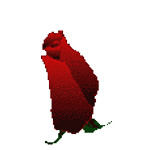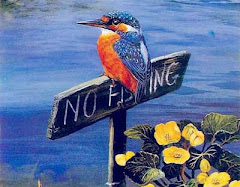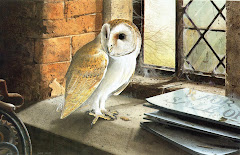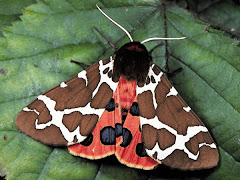Verder naar beneden scrollen voor
Nederlandse tekst!
Gurung traditional areas are from the eastern part
of Gorkha district through Lamjung District and
Kaski District through Syanja district. Gurungs predominantly practice their ancient Bon religion, which is
Shamanistic and animistic in nature.
Gurungs later came to adopt Tibetan Buddhism.
Some Gurungs of eastern Nepal have also been
influenced by the Hindu religion. The main occupation
of the Gurung people is aggriculture but some breed
animals like sheep. There are roughly 450,000 Gurungs
in Nepal totaling about 2.43% of the population.

The Gurungs are also one of the major groups from
Nepal representing Gurkhas, the feared soldiers making
up part of the English and Indian armies.
The Gurkhas are known for their endurance and bravery.
There is a World War II story of a British regiment
leader asking for volunteers for a dangerous mission
to drop from a plane in enemy territory and only about
half of the men came forward.
Once it was explained they were going to use
parachutes, they all volunteered. Today, some of the
wealthier families in the Pokhara area include retired
Gurkha soldiers due mainly to their compensation
from the British government.
Although treated as such by historical Hindu Kings,
the Gurung people do not fall into the Hindu caste
system since the mongoloid societies of Tibet and
China from which the Gurungs came had no caste system
and within themselves the Gurungs
do not practice caste rules.
Yet for several centuries, at least, the Gurungs and
other hill peoples have been mixing with the caste
cultures of Aryan India and they have been influenced
by them in various ways.
There are more than a hundred family names
( Thars ) known within the Gurung people.
Some of the names are:
Ghyapring and Pachyu (priest),
Ghale, Ghotane and Lamchhane ( which divide into
various sub-groups with different names )
Other major family names are Thimje, Telme,
Lehge, Kromje, Lamme, Eujme, Lohnme,
Lainme, Tohrje, Sarbuja, Mhobje.
Middelgroot en zwaar gebouwd, zo ziet een doorsnee
Gurung eruit. Men vindt ze in de districten Lamjung,
Gorkha, Syangja, Mustang, Manang en Dhading
in de Gandaki Zone. Ze hebben zich daarnaast ook
verspreid over Okhaldhunga, Sankhuwasabha en
Taplejung. Ze leven voornamelijk van de veeteelt.
Gurung hebben een heel oude geschiedenis.
Hun heilige boek is 'Pye-tan-lhu-tan', maar die wordt
met name mondeling overgebracht.
Het verhaal vertelt veel over hun afkomst, die tweeledig is.
Een deelpopulatie van de Gurung, de Ghale, behoren
hoge regeringsklasse. Gurung zijn veelal Boeddhist.
Hun gebruiken zoals de Lhosar, Rodi Ghar en Rodi dans
hebben hoog aanzien in de Nepalese cultuur.
Gurungs noemen zichzelf Tamu.
Het eerste wat opvalt bij Gurung is dat ze geen
varkensvlees eten. Dat wordt bji Gurung beschouwd
als een grote zonde. Gurung kunnen het varkensvlees
blijkbaar niet goed verdragen, sommigen krijgen er
hevige stuiptrekkingen en krampen van.
Het is eigenlijk niet duidelijk waarom ze zich onthouden
van varkensvlees, maar ze raken het niet eens aan.
Bij ziekte raadplegen Gurungs hun Lamas en Ghyabrings.
Dit gaat gepaard met ceremonies voor voorspoed
en geluk. Het geloof in een leven na de dood en in
zielsverhuizing is algemeen bij Gurung. Ze hebben
het gebruik om bij een lijkverbranding ook persoonlijke
bezittingen mee te verbranden, met de gestorvene.
Ze geven de gestorvene voedsel mee
voor in het hiernamaals.
~LEES MEER ~

Klik hier!





































2 opmerkingen:
That was an interessting and fascinating story.
//Camilla
Very interesting!
Carolyn
Een reactie posten